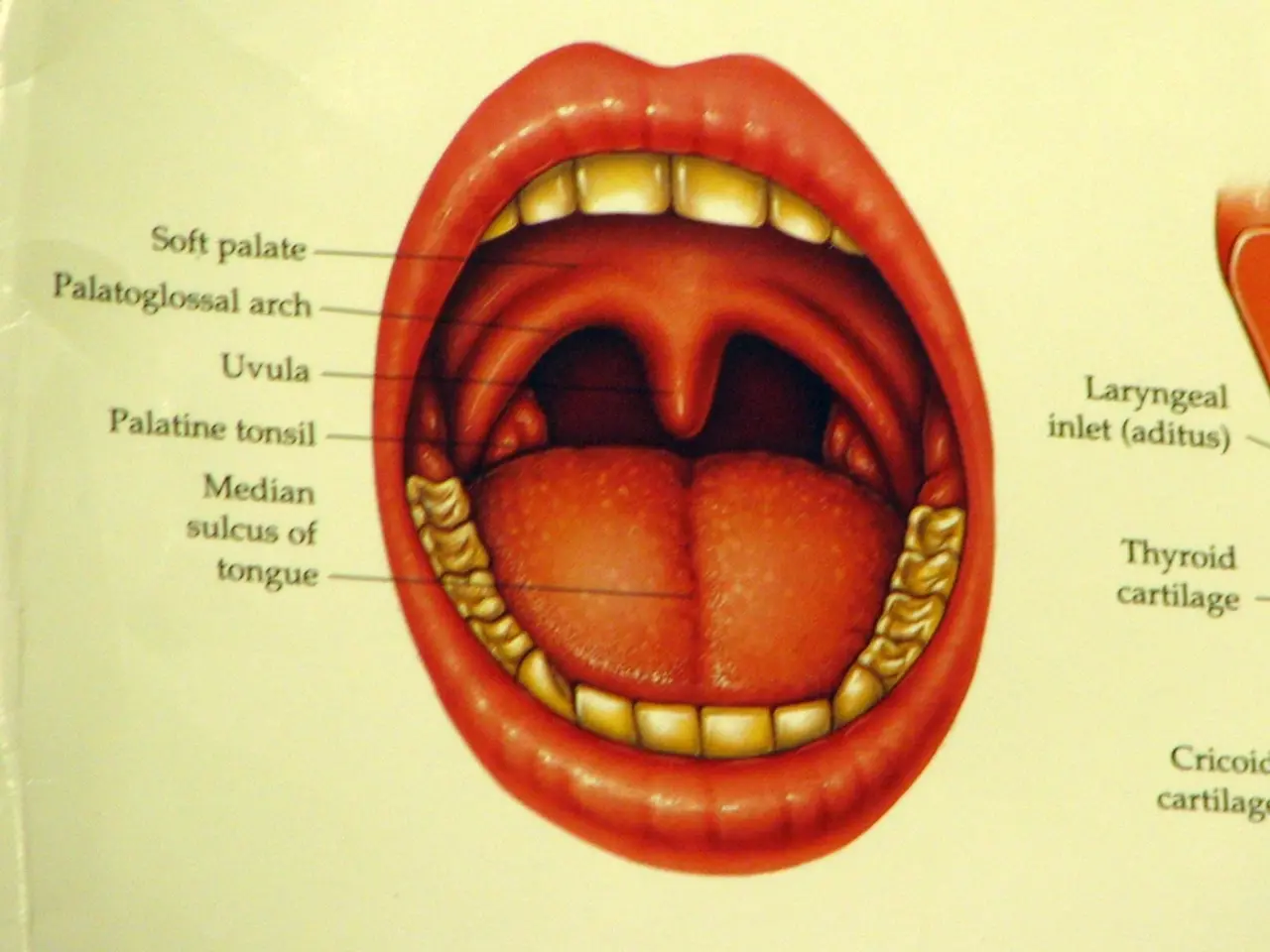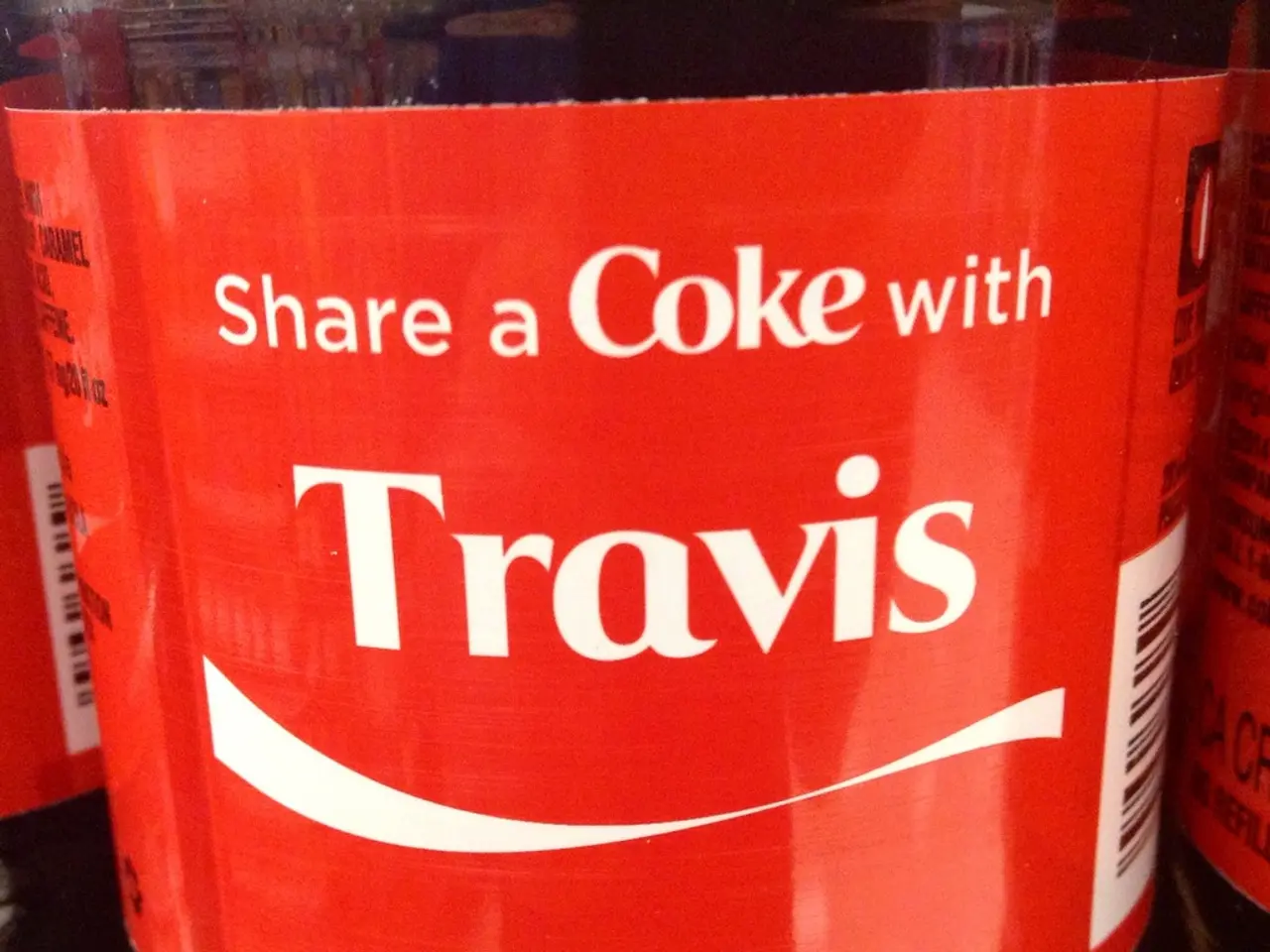Embracing a Plant-Based Lifestyle: Insights for the Vegetarian Newbie
Veganism, a lifestyle choice that excludes all animal products and by-products, is gaining popularity as more people seek to adopt a healthier and more ethical diet. This article provides a step-by-step guide to transitioning to a vegan diet, explaining the different types of veganism, food sources for essential nutrients, and tips for a successful transition.
The Different Types of Veganism
Veganism, in its purest form, excludes all animal-origin foods and products, including meat, fish, seafood, eggs, dairy, honey, and any products derived or manufactured using animals or animal exploitation. However, there are variations of vegetarian diets that allow some animal by-products like dairy and/or eggs. These include lacto-vegetarianism, ovo-vegetarianism, lacto-ovo vegetarianism, fruitarianism, macrobiotic diet, and sattvic (yogic) diet. Raw veganism, on the other hand, adds the restriction of consuming only uncooked plant foods [1][2][3].
Transitioning to Veganism
A gradual transition to veganism is often recommended for easier adaptation. This approach involves cutting out one thing at a time, such as meat first, then dairy, and so on. However, everyone may have a different approach to transitioning, such as doing it cold turkey or gradually [4].
Essential Nutrients in a Vegan Diet
A vegan eating style means avoiding meat, poultry, fish, eggs, dairy, meat-based broths, gravies or sauces. To meet nutritional needs, plant-based sources of protein, calcium, iron, omega-3 fatty acids, and B vitamins are essential. Protein sources can include legumes, soybeans, tempeh, tofu, seitan, nutritional yeast, nuts, and seeds. Calcium-rich vegetables include dark, leafy greens like spinach, kale, broccoli, and collard greens. B vitamins, particularly B12, can be obtained from fortified breakfast cereals, fortified soy foods, and multivitamins. Omega-3 fatty acids can be boosted by consuming flaxseed, walnuts, chia seeds, pumpkin seeds, and edamame (green soybeans) [5].
Iron absorption in the body can be improved by pairing plant sources of iron with vitamin C-rich foods like citrus fruits, strawberries, tomatoes, and peppers [6]. Calcium can be increased by consuming vegan-friendly milk alternatives that are fortified with calcium and other nutrients, such as soy, almond, oat, hemp, or pea-protein-based milks [7].
Tips for a Successful Transition
A vegan eating style is a commitment to eating whole foods and using "food as fuel." Highly processed foods marketed as vegan should be avoided, as they may not be healthy despite not containing animal products. If followed correctly, veganism can leverage the benefits of a vegetarian diet [8].
It's important to replace animal-based foods with plant-based sources of protein, iron, omega-3 fatty acids, calcium, and B vitamins. A robust vegan food list includes plant proteins, vegetables, fruits, starches, milk and dairy alternatives, oils and fats, and avocado.
A Vegan Meal Plan for Beginners
A vegan meal plan for beginners could include Meatless Mondays recipes, chia seed pudding, vegan black bean burgers, vegan 'chicken' salad lettuce wraps, lentils with roasted curry tomatoes, roasted Brussels sprouts, roasted red pepper hummus, vegetable soup with fennel and kale, veggie mac 'n' cheese, chard with roasted butternut squash, velvety mint chocolate mousse, and tofu manicotti with spinach and cheese [9].
Ethical Considerations
Some people may not consume honey and similar products that come from living things due to ethical reasons. Veganism is often associated with a healthier lifestyle, but only when it's based on whole, plant-based foods [10]. Nutritional yeast is a great source of vitamin B12 and has a pleasantly cheesy flavor that can be enjoyed on savory dishes [11].
In conclusion, transitioning to a vegan diet requires planning to meet all nutrient needs, but there are plenty of options available. With the right approach and a well-planned diet, adopting a vegan lifestyle can be a rewarding and enjoyable experience.
[1] Peta Vegan Starter Kit
[2] Vegan Society
[3] Vegan Nutrition Guide
[4] Healthline: Transitioning to Veganism
[5] Vegan Health and Nutrition
[6] Vegan Iron Absorption
[7] Vegan Calcium Sources
[8] Healthline: Benefits of Veganism
[9] Vegan Meal Plan for Beginners
[10] Vegan Society: Ethics
[11] Nutritional Yeast: Health Benefits
- Veganism, which excludes all animal products, is often associated with a healthier lifestyle, but some ethical considerations may extend to products like honey.
- Transitioning to a vegan diet may involve approaching it gradually or adopting it cold turkey, with a focus on replacing animal-based foods with plant-based sources of essential nutrients.
- A vegan diet requires careful planning to meet nutritional needs, such as obtaining protein from sources like legumes, nuts, and seeds, calcium from dark, leafy greens, and B vitamins from fortified breakfast cereals or soy foods.
- A successful vegan transition may involve avoiding highly processed foods and focusing on whole, plant-based foods, which can offer the benefits of a vegetarian diet when followed correctly.
- Veganism can offer a vast array of meal options, from Meatless Mondays recipes and chia seed pudding to vegan 'chicken' salad lettuce wraps and tofu manicotti, making it a rewarding and enjoyable experience for many.




